
December 29, 2023: Theatre Yesterday and Today, by Ron Fassler
“It was very hard for any of us on opening night to have a clear idea of what our show was really like. World War II was on, and the theme of young people caught in it, and the urgency of their desperately trying to cram a lifetime of adventure and romance into a moment, seemed to move the audience, and give the show an underlying poignancy, while never having to ask for sympathy.”
Those words written by Betty Comden and Adolph Green give some idea of what it was like when On the Town opened seventy-nine years ago on Broadway. Yesterday in Part 1, I covered a bit about the show’s genesis, though I realized later I’d left out one significant item from along its route to the stage: the show — written, composed and staged in a rushed eight months — did so for a specific reason: “As I remember,” Jerome Robbins revealed at a 1981 Dramatist Guild talk, “George Abbott said he would do the show if it could be done within a certain time. He had two weeks free—yes, literally—that we could play out of town.”
To which Betty Comden chimed in, “We said, ‘Ten whole days, wow!’”
So it was with the naïveté that comes from being neophytes that these creators plowed ahead. Ten days was all they had to iron out any kinks before offering their brand new musical to paying audiences in New York, prior to opening cold (probably in the cold, too), just three days after Christmas.

Playing two of the leads themselves, didn’t cause any huge problems for the shows authors and lyricists, except on opening night. After it received a stunning ovation from the audience, the creative team gathered on stage behind the curtain the moment it came down, wildly ecstatic. All those except for Comden and Green. “We were inconsolably depressed,” they wrote in their liner notes for the cast album. “As performers we felt disassociated from our other functions in the proceedings and felt only like a couple of actors who wanted to go around collaring everyone saying, ‘You should have seen us at the preview last night!’”

Among the opening night cast was twenty-three-old John Battles as Gabey, the show’s booming voiced romantic lead, making his Broadway debut. That was impressive, but so was another youngster in the show, though far from making her debut. Nancy Walker had already conquered Broadway and Hollywood, and On the Town marked her return to the theatre at the ripe old age of twenty-four. For those who only know this talented actress-singer-comedienne from her 1970s heyday as Rhoda’s mother on The Mary Tyler Moore Show, or Rosie the waitress on the countless Bounty paper towel commercials, it would have been impossible to know that she was also one of the leading lights of the musical theatre. At twenty-one, she was discovered by George Abbott and cast in the musical Best Foot Forward, for which Walker was immediately sent to Hollywood to repeat her role in the film version. While there, she also appeared in Girl Crazy with Judy Garland and Mickey Rooney (both films released in 1943). As Hildy, the man-hungry taxi driver in On the Town, and at 4' 11" one can only imagine the power she brought to the role on stage. I only wish she had chosen to come to New York in 1972 with the hilarious revival of A Funny Thing Happened on the Way to the Forum, as that would have afforded me to the chance to see her play Domina, which she created in that same production prior to Broadway in its Los Angeles engagement.

Then there was the casting of Sono Osato as On the Town’s “Miss Turnstiles,” Ivy Smith. Casting the Japanese-American dancer as one of the leads, without regard to her ethnicity to define her in the role (the character’s last name was “Smith”), was a major breakthrough in 1944. This at the same time the U.S. was at war with Japan, and (ironically) that Osato’s Japanese father was interred in Chicago, fighting detainment by the U.S. government. As she wrote in her autobiography, Distant Dances, Osato was well aware of the responsibility her casting put on her shoulders:
“It was amazing to me that, at the height of a world war fought over the most vital political, moral, and racial issues, a Broadway musical should feature, and have audiences unquestionably accept, a half-Japanese as an All-American Girl. This is probably the most indelible impression I have had of the magic of the theatre. I could never have been accepted as Ivy Smith in films or, later, on television. Only the power of illusion created between performers and audiences across the footlights can transcend political preference, moral attitudes, and racial prejudice.”
Osato being partnered with the Caucasian John Battles made them the first interracial couple as the centerpiece of a Broadway musical —that is, without it being an issue that needed addressing. Add to that the fact that On the Town was also among the very first musicals to have African-Americans in its chorus, cast by virtue of their talents, and not by the color of their skin. Since they did not play Black characters, this really made the show even more of the moment, electrifying in its topicality.

Often, when a show opens that breaks the rules there are smug reviewers who can’t see the forest for the trees. So yes, there were some who missed what On the Town was attempting to achieve. “A dullish musical comedy,” wrote John Chapman in the New York Daily News. “The score … [is] almost always disappointing.” Considering Chapman was still reviewing theatre more than thirty years later (still for the Daily News), it would be interesting to know whether or not he ever changed his minority opinion. But Louis Kronenberger of PM (a well-regarded evening tabloid that had an eight year run between 1940–48) wrote: “‘On the Town’ is not only much the best musical of the year; it is one of the freshest, gayest, liveliest musicals I have ever seen.”
I’m pretty sure that would have been my review, had I been born (and old enough to have seen it back in 1944), and was able to pay the $1.20 they were charging up in the cheap seats.
As with yesterday’s column (and to steal from Sondheim), “There’s so much stuff to sing.” Please check in tomorrow for Part 3 to read about subsequent productions and recordings of this outstanding musical.
If you enjoyed this, please check out Up in the Cheap Seats: A Historical Memoir of Broadway, available at Amazon.com in hardcover, softcover and e-book. To receive all future columns by email, hit the blue FOLLOW button above and feel free to comment below or write me at Ron@ronfassler.org.


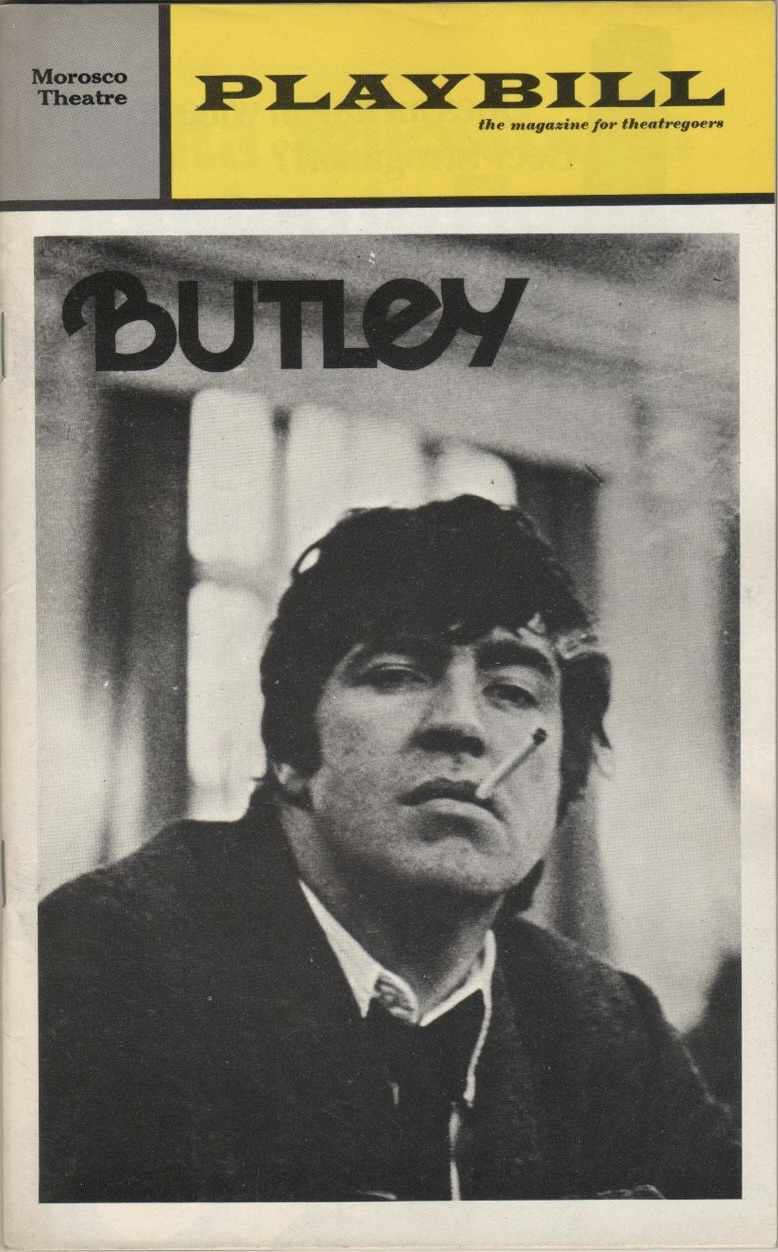
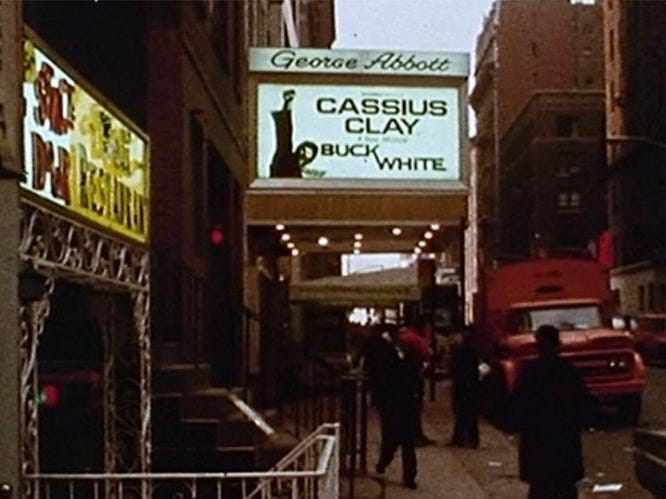

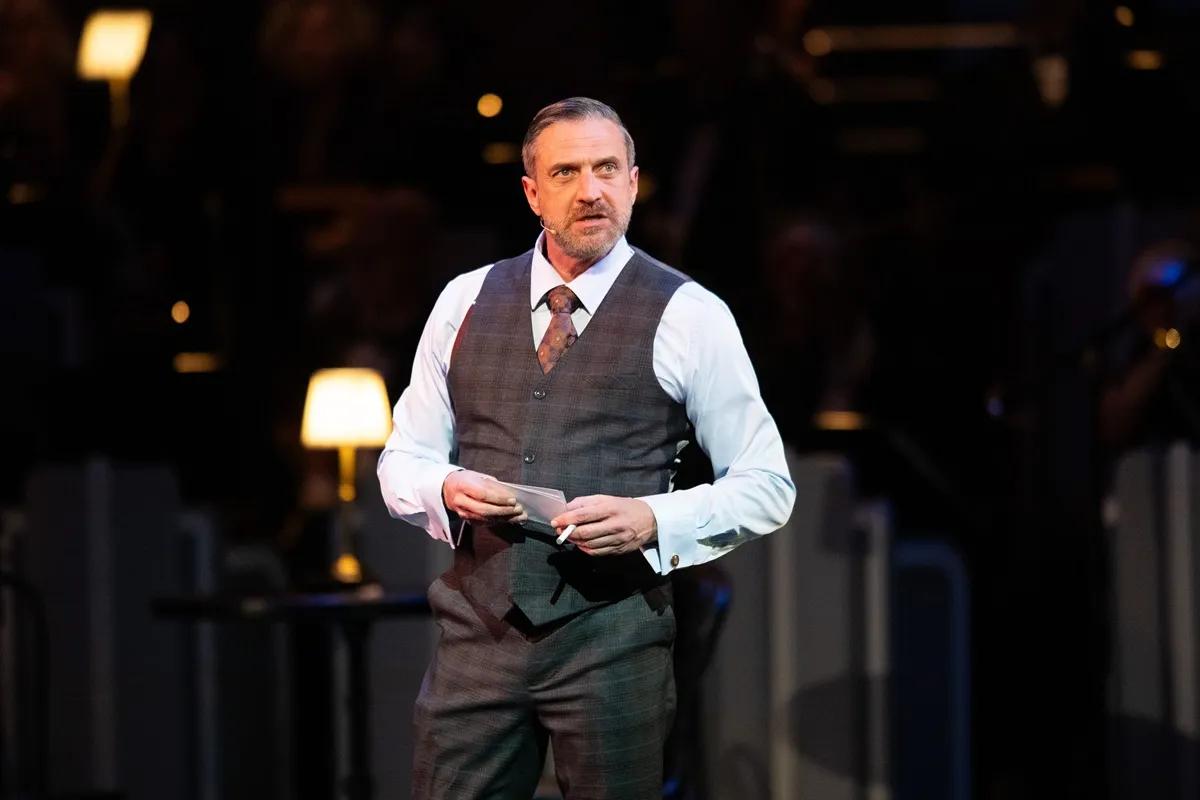

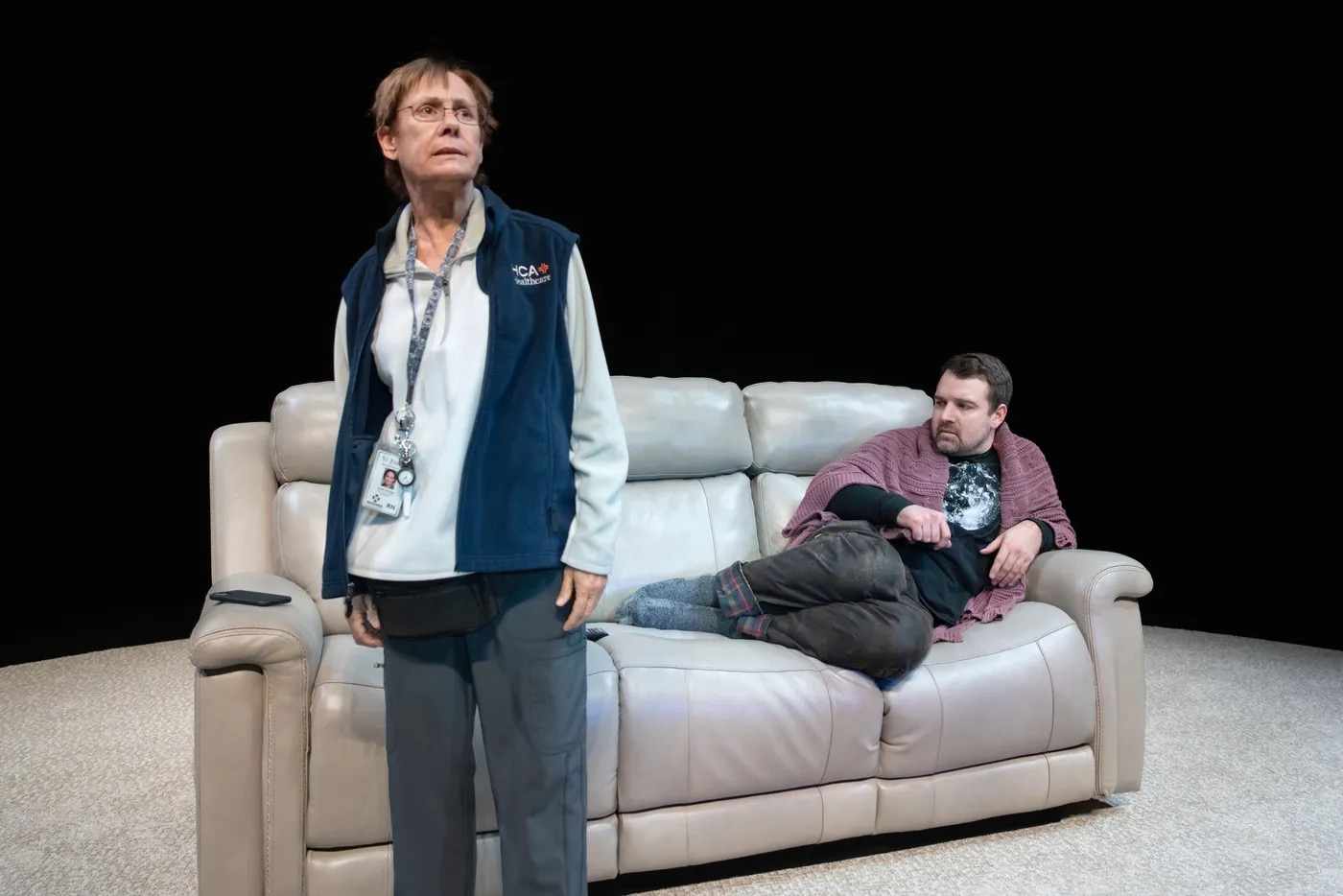
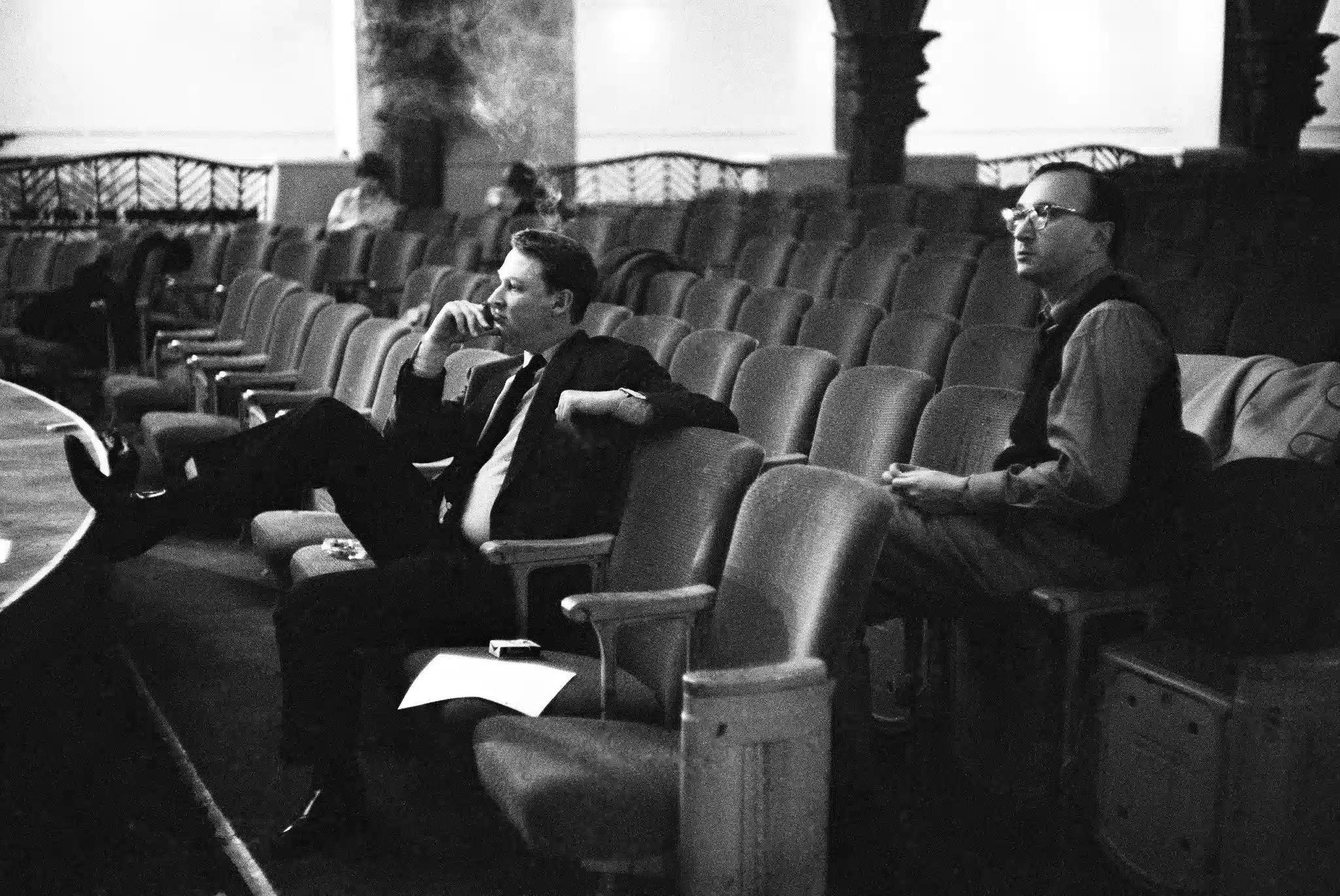
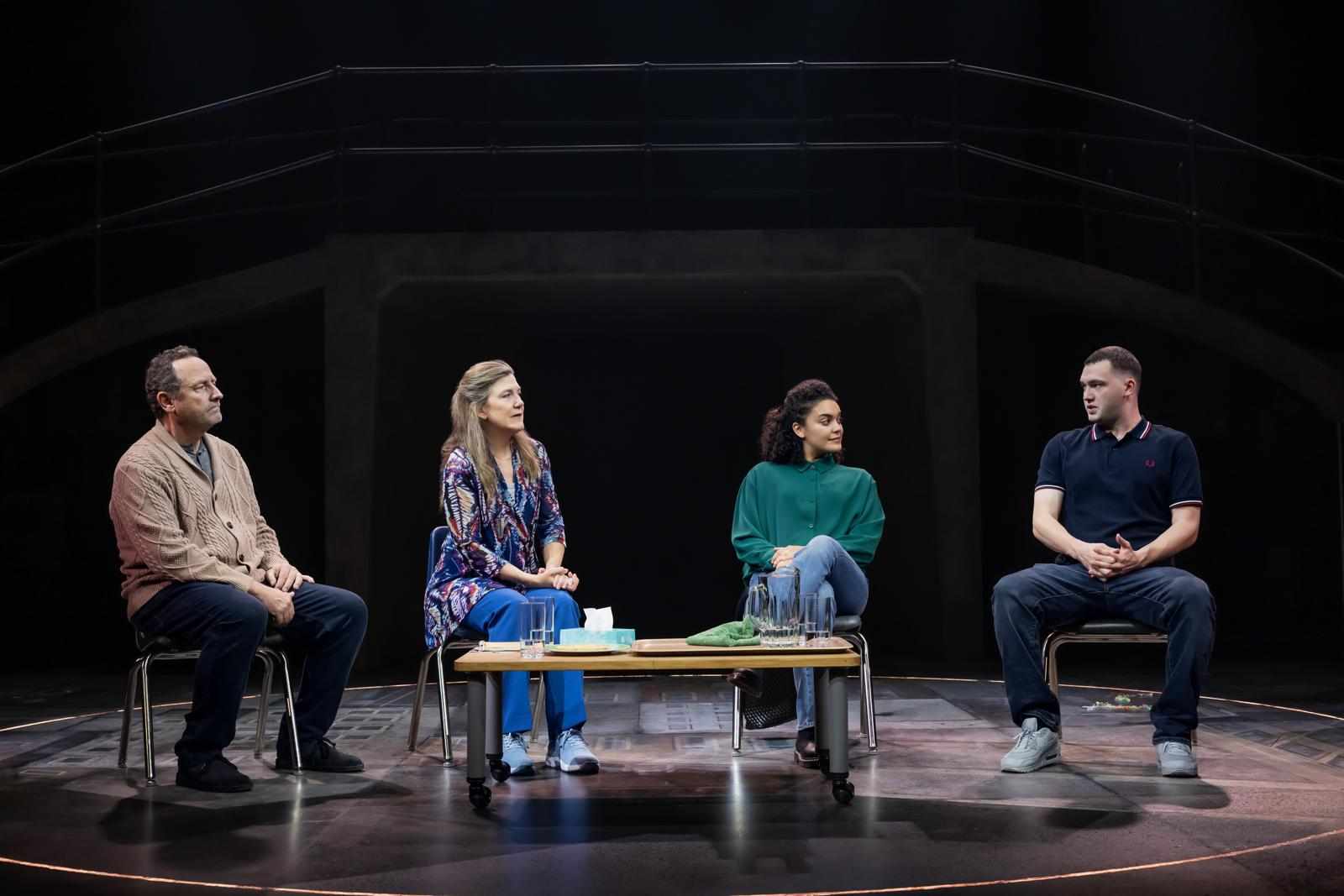
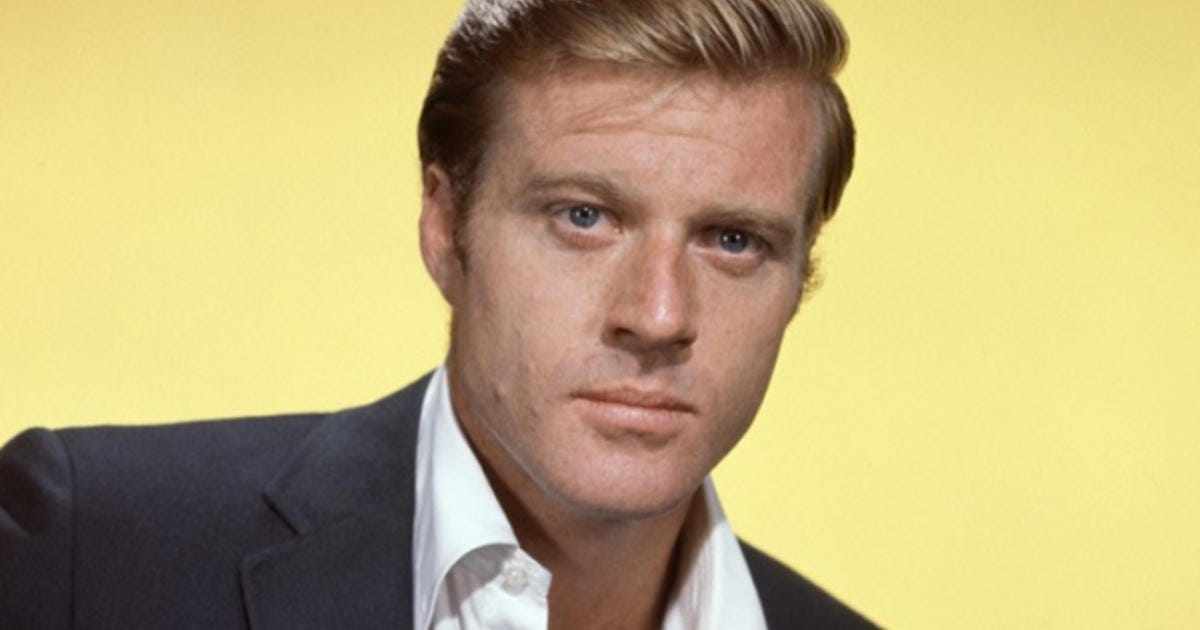
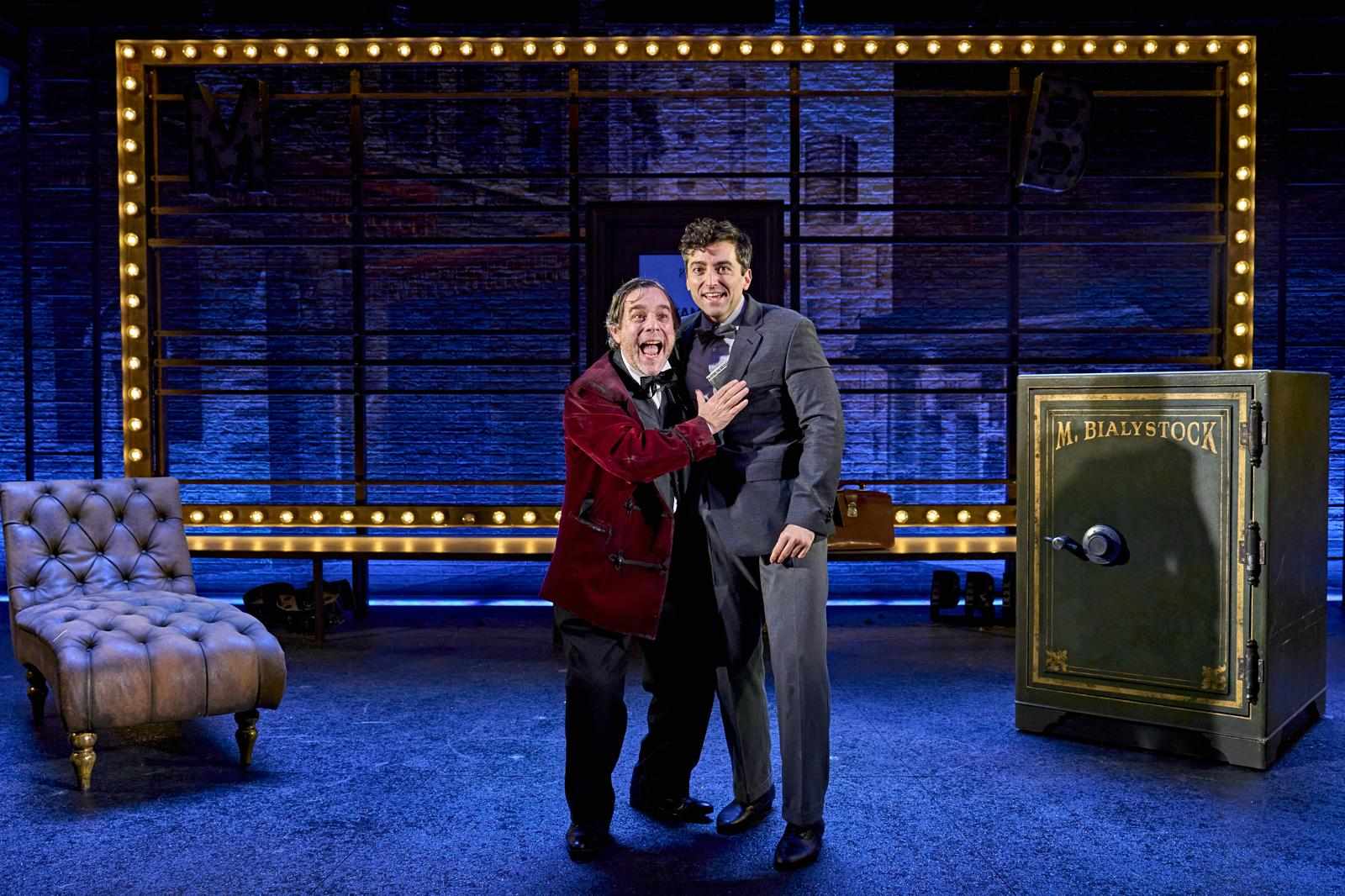
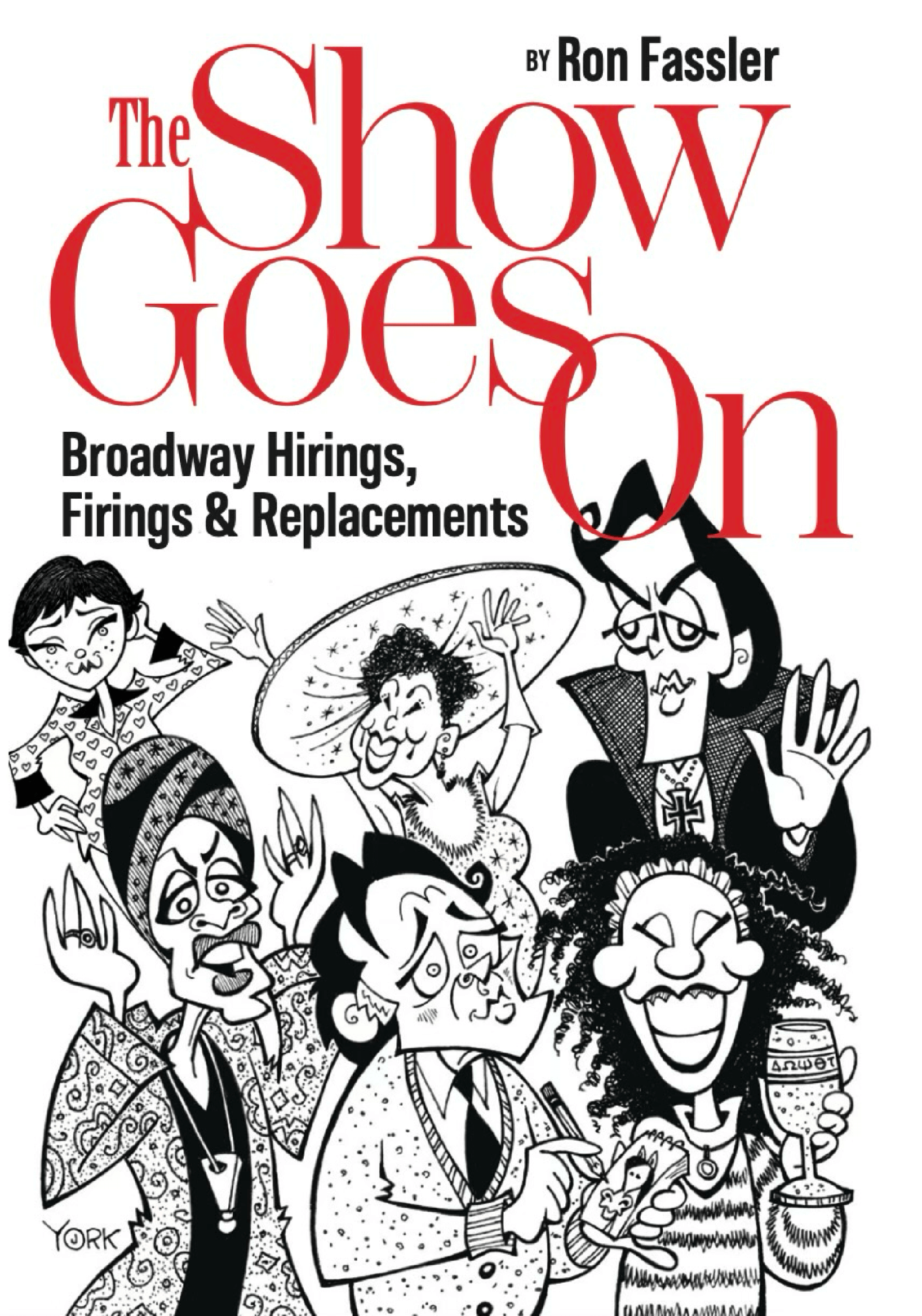

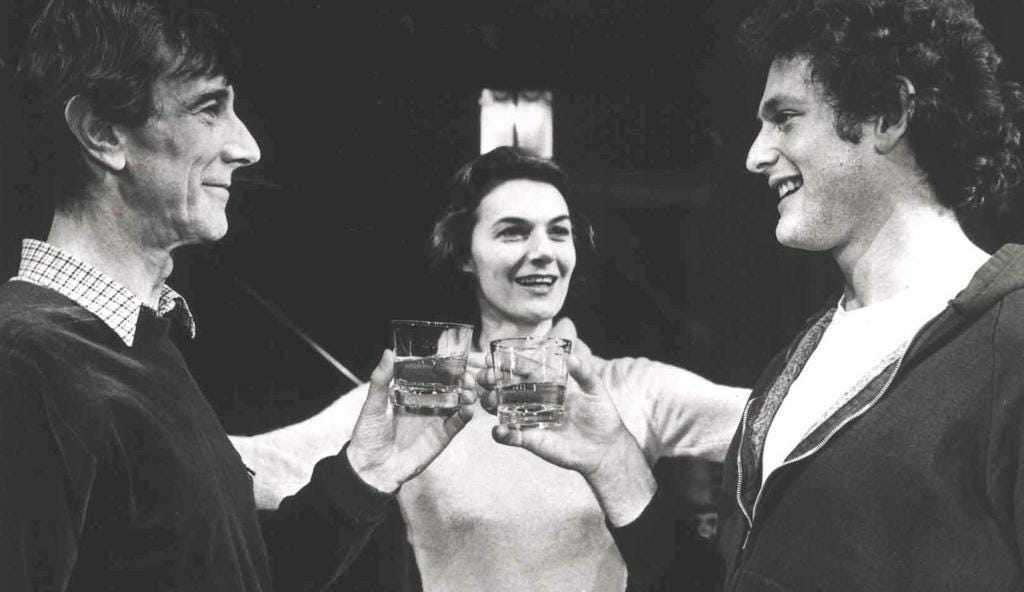





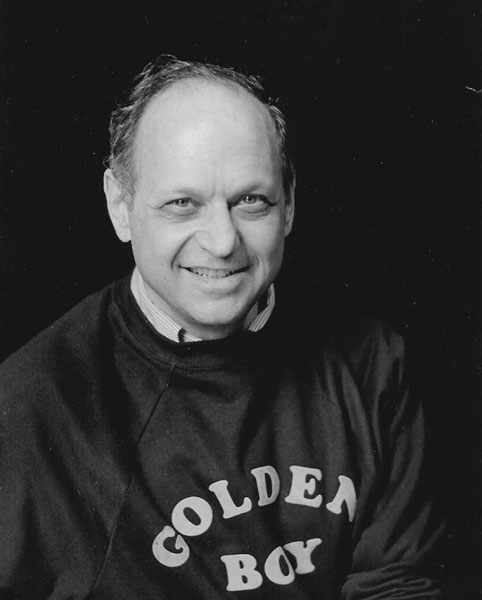
Write a comment ...